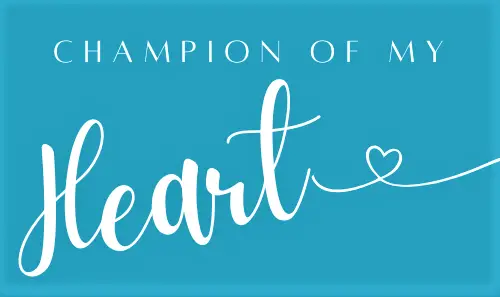So, I went through Canine Body Language: A Photographic Guide by Brenda Aloff a second time. Much of the info I already knew, but here are a handful of things that struck me while thinking about Lilly and Ginko’s use of their bodies to communicate.
Ecstacy
On page 30, for those of you following along at home, I had a good giggle over the Abandonment/Ecstacy image. At our house, this is know and wriggling, and you’re FAR more likely to see Ginko doing it (usually in the snow or on the acutal lawn grass) than Lilly. I would agree with the assessment, in this case. Ginko is VERY happy when he wriggles.
Lilly, on the hand, means something entirely different when she does this. Often, for her, such movements include pretend biting her own haunch and making funny grumbling noises. This same kind of belly-up wiggling means she is bored and/or frustrated.
Shake-Off
On page 88, Aloff talks about the Shake-Off, where dogs whip off anxiety and stress like water after a bath. I have seen Lilly do this. At class, last week, for example, after walking through the concrete underpass (think echoes) and then over the slatted bridge, she got into the open grass area of the park and shook off the nerves from having done something she considers scary.
A more likely scenario is what we call Jumping Her Jitters Out, where she leaps about as high as my head after getting through something that makes her nervous. (Keep in mind I’m quite short.) It always surprises people to suddenly see this fearful, cowering dog literally leap to life. But, it’s just her way of clearing the bad energy.
Greeting Stretch
On page 129, Aloff describes the I-Love-You stretch, which is essentially Downward Dog and Upward Dog in yoga-speak. She says this is a sure sign that a dog feels both friendship and respect.
Lilly and Ginko do this all the time. Seriously, all the time, but so far, it seems directly related to getting up or waking up. So, to me, it seems they’re just stretching to stretch … having little to do with the family context or dynamic.
Confident Dogs in Groups
Perhaps the biggest realization I got from the book was exactly how confident, comfortable dogs behave in groups:
They pretty much ignore each other. They don’t look directly at each other. They don’t desperately need to interact with each other. They just hang around and use canine body language to convey they are not a threat, nor do they feel threatened by the others.
Finding a dogs like this is Lilly’s most fervent wish.
Helping Lilly become one herself is mine.



Next time class is at the old, regular location, maybe we can try a private encounter in the small dog park , if it isn’t being used.
It’s a great book, isn’t it? I’ve been carrying around my little camera trying to capture dog body language moments to compare to the book. It’s difficult, however, when I’m also try to manage the dog interaction.
A few observations.
Our dogs do the ecstacy wriggle in the snow all the time. However, I agree that this wriggle isn’t always about ecstacy. K does it a lot in training class – and it seems to be a sign of stress in that environment.
Both K and R do the bow stretch at our feet when we arrive home. I do interpret it as them being happy to see us. They also do it when they wake up – which is I agree is a different thing.
As for the shake-off, all of our dogs (that’s a lot of dogs over the years) do this to take a break from an intense play wrestling session. If one dog initiates a shake-off, the other also does it. I think it means that the play is getting out of control and they’re ‘shaking it off’. These shake-offs are often followed by sneezes, by both dogs.
Has anyone else noticed sneezing as a ‘take a break’ signal during rough play?
As for your last note about how normal dogs interact, I think that, like Lilly, K is most comfortable when other dogs ignore her at first. These are the very dogs that K will, a bit later, try to tempt into playing by running past them with a stick or using a play-bow from a distance. If the other dogs rush at K or pay too much attention to her, she doesn’t try to play with them.
Lilly and K might be better for each other than we think – when Lilly is ready.